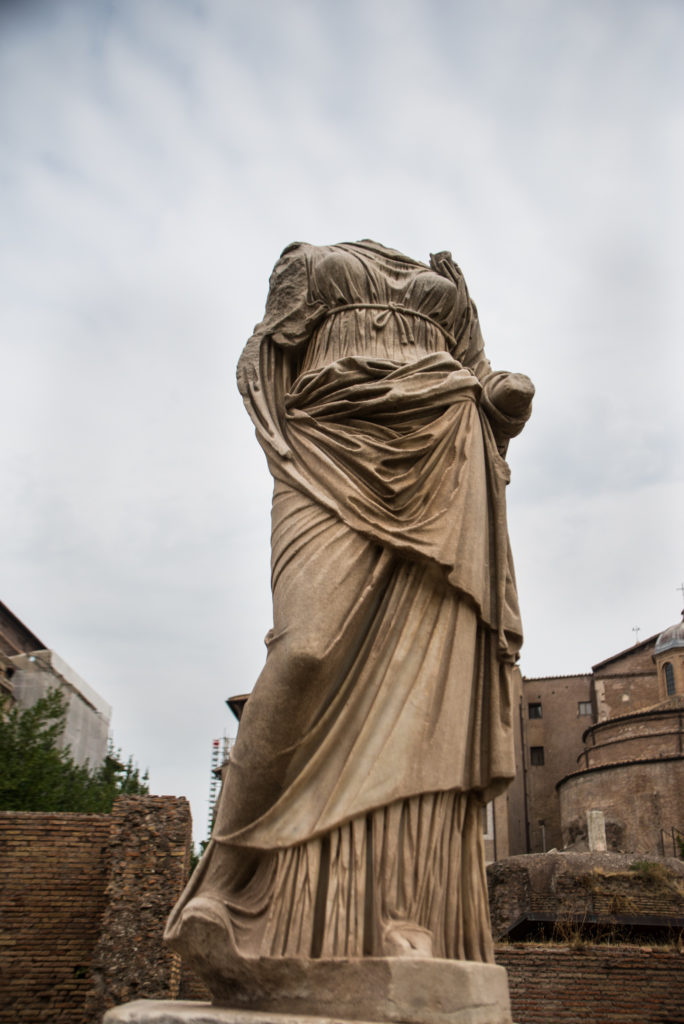
For over thousand years, from around 700 BC to 400AD, the Vestal Virgins tended to the eternal flame in the Forum Romanum. The Vestal Virgins were emancipated women, meaning, they did not belong to a man – a father or husband – like their female contemporaries, but were devoted to the Goddess of Hearth, Vesta, who unlike other deities of their time, was not represented by statues, but by fire.
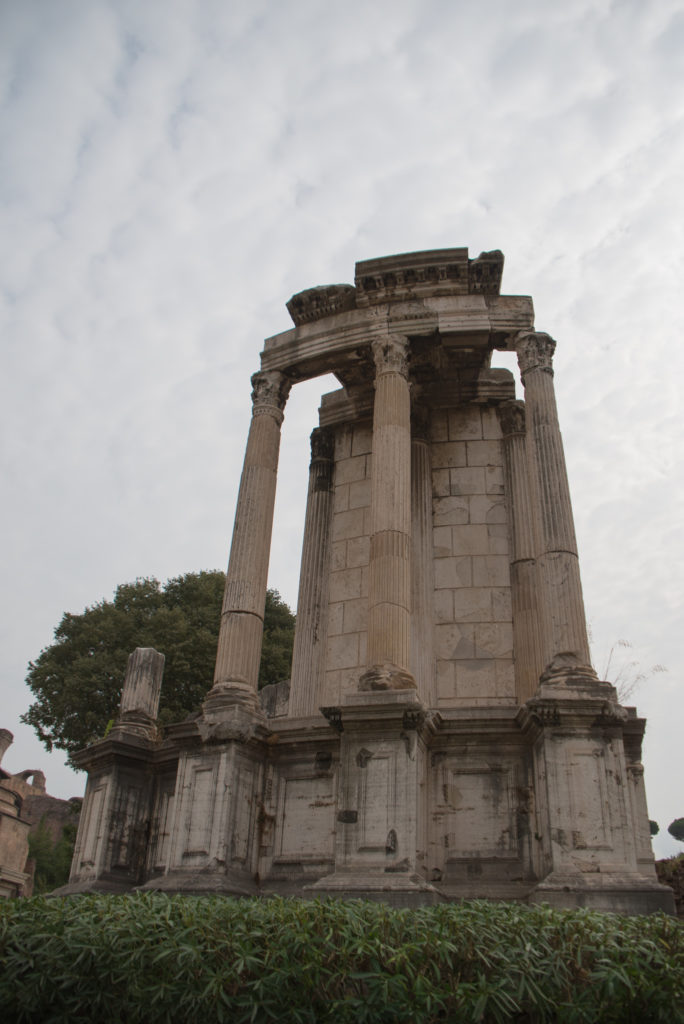
The Vestal Virgins enjoyed most of the honors and privileges of Roman citizens, and were allowed to handle their own property. Yet – this came at a price: Chosen at a very young age from Patrician families, the girls had to take a vow of chastity for thirty years. They were to live like nuns in the house of Vestales, which was basically a kitchen with adjacent living quarters, next to the Vestal temple, where the fire was burning.
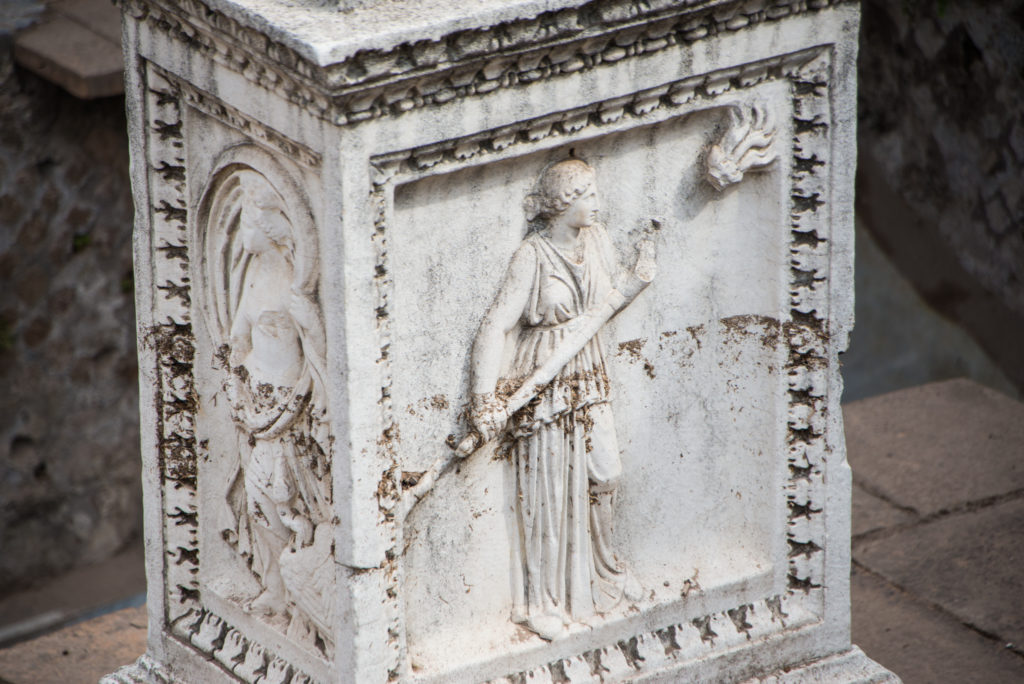
Besides tending to the fire, an important and responsible task in a densely populated city, their duties were most importantly the preparation of the mola salsa, the holy cakes used for state sacrifices, and the holding of the Vestalia Festival around the Summer solstice each year. During these festivities their home quarters were opened to other women for visits. As priestesses of Vesta, the Vestal Virgins were also considered guardians of luck and could intervene on behalf of those in trouble.
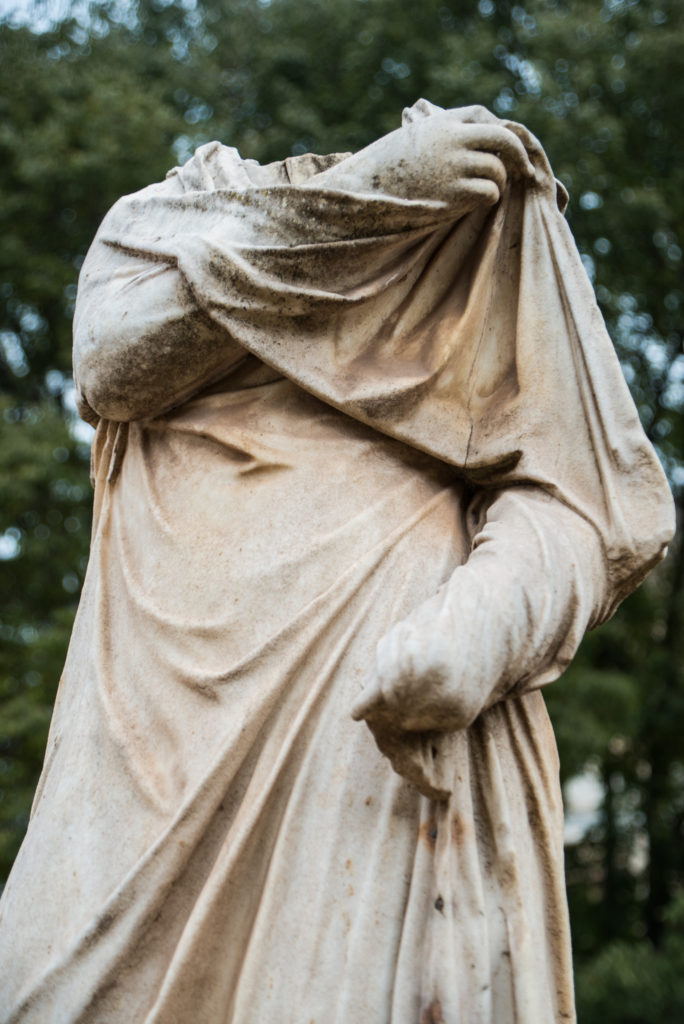
Everything in Rome, it seems, depended on the everlasting burning flame, and the Vestales’ virginity. Their purity promised to create a magic bond for the community. As long as their virginity remained intact – Rome would remain safe.
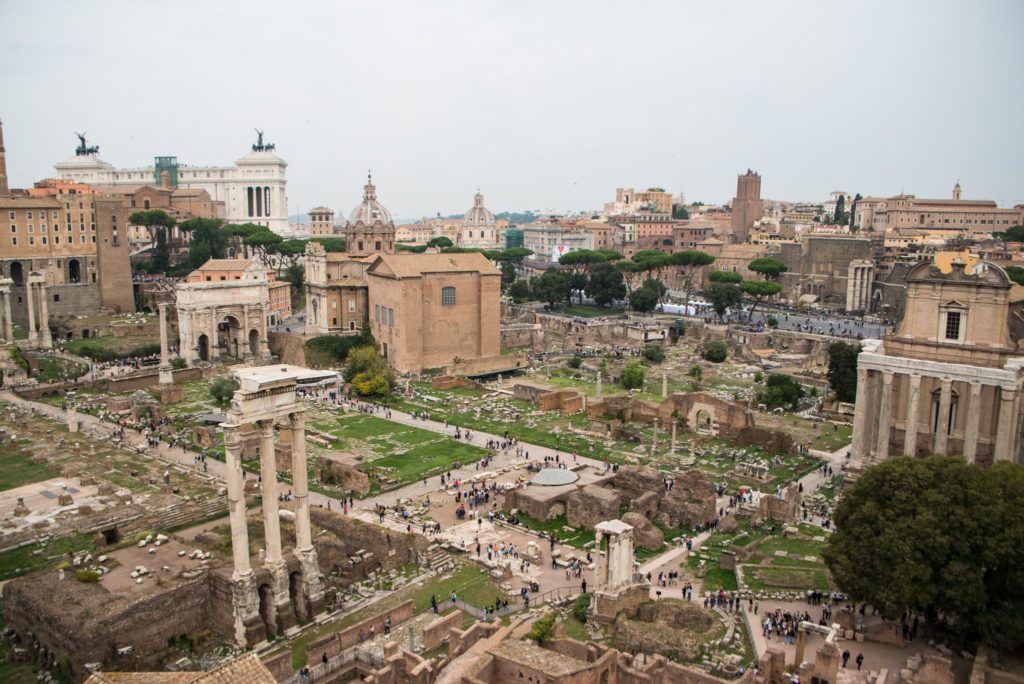
Punishment was brutal and merciless, should a Virgin fail in her duties. If the fire went out – which meant that the Vestal was impure and the health and safety of the Romans therefore under threat – the Virgin was whipped to death. If the virgin committed the worst of all crimes, lose her virginity, she was to be buried alive. She then was led to an underground chamber at the Campus Sceleratus, where a bed, food and even a lamp was provided. After she entered, the entrance was locked and covered with dirt. It was a clearly defined ritual. Control and administration of these punishments fell to the one man who had initially chosen them for the job: the Pontifex Maximus. If a Virgin finished the 30 years alive, she was free to do as she pleases. Only a few married.
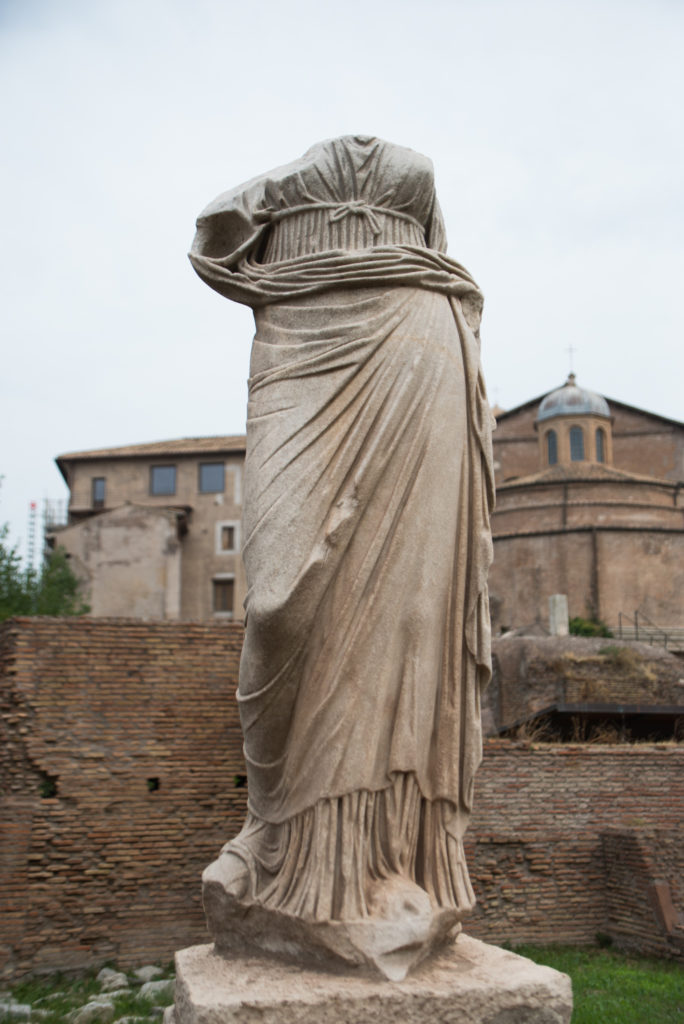
The most famous Vestal to have broken the vow of chastity, was Rhea Silvia, mother of Romulus and Remus, the founders of the city of Rome. It is believed that Rhea Silvia was raped by an unknown man, but after discovering her unwanted pregnancy, she claimed immaculate conception and named Mars, the God of warfare, as the father. For fear of Mars’ wrath, Rhea Silvia was spared death, but the twin babies were to die – not by sword, but by the elements. Let fate decide! They were abandoned. The rest is history.
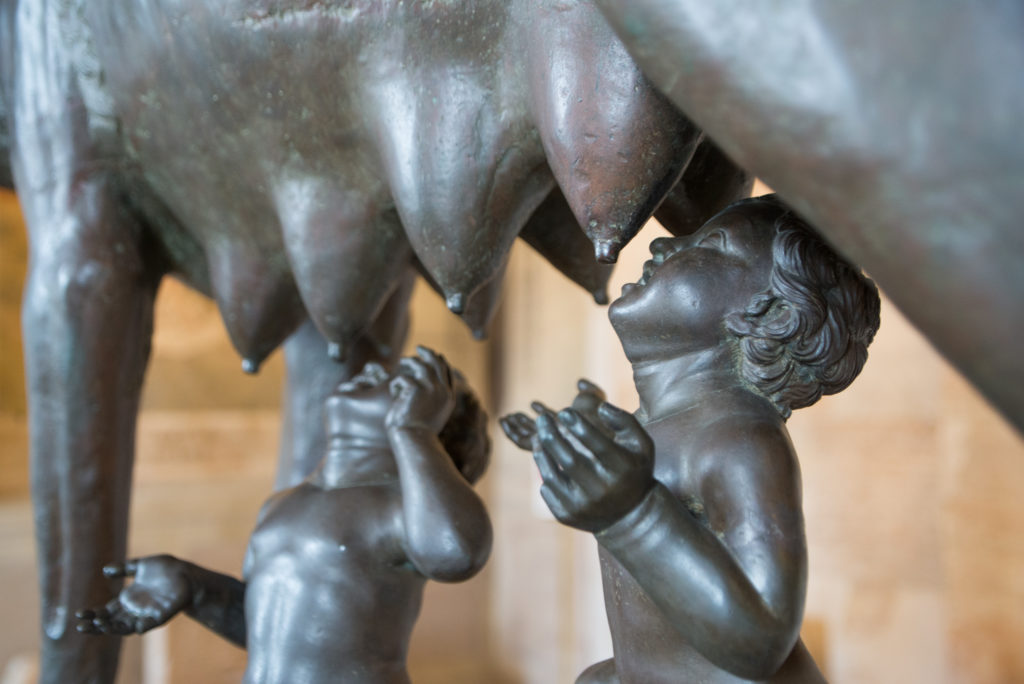

Thanks for the history lesson–it will make my next trip to Rome (whenever that may be) much more meaningful! Interesting how their lives were such a dichotomy. They had some freedom, but still had to live by a very strict set of rules with unforgiving penalties if they failed.
thank you, Paula! Great to hear from you… hope you’re good.